While the intention behind starting zoos might have been honorable, they have become more similar to a car collection than an animal conservation effort.
As animal rights organization PETA has said, wildlife in captivity often "spend much of their time pacing, walking in tight circles, swaying or rolling their heads, and showing other signs of psychological distress." Obviously, animals will always do best in the wild, roaming free in their natural setting, rather than living in poorly decorated and artificially lit living spaces.
Even the argument for conservation falls flat. Few animals in captivity are endangered, as Zoos prefer to showcase exotic species to wow the public. This is entertaining to humans, but not beneficial for the animals.
Similar to the case of orcas in SeaWorld, many animals in zoos do not live as long as if they were in the wild.
Jacques Cousteau, the pioneer of Marine Conservation, once wrote:
"There is about as much educational benefit to be gained in studying dolphins in captivity as there would be studying mankind by only observing prisoners held in solitary confinement".This is exactly what photographer Gaston Lacombe sought to convey when shooting his series entitled "Captive". The pictures expose the conditions many animals live in each day, detached from their natural origin.
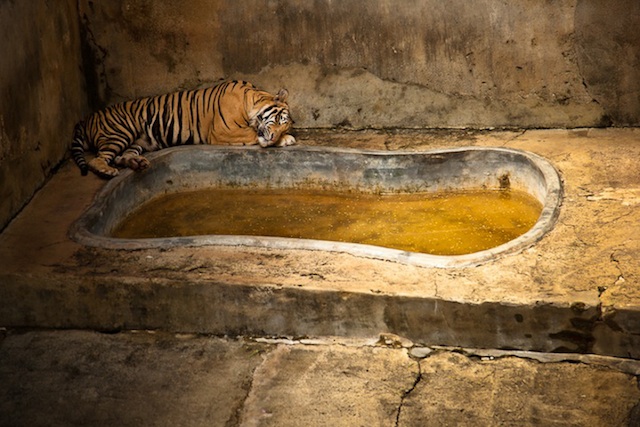
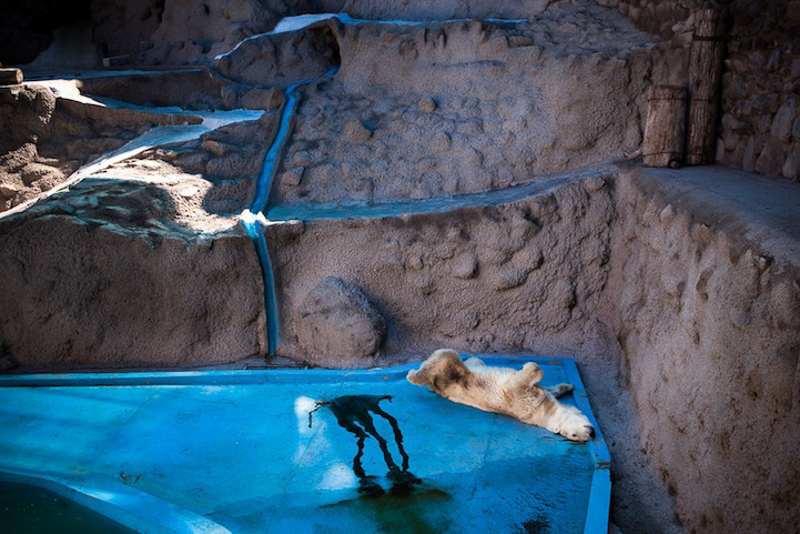
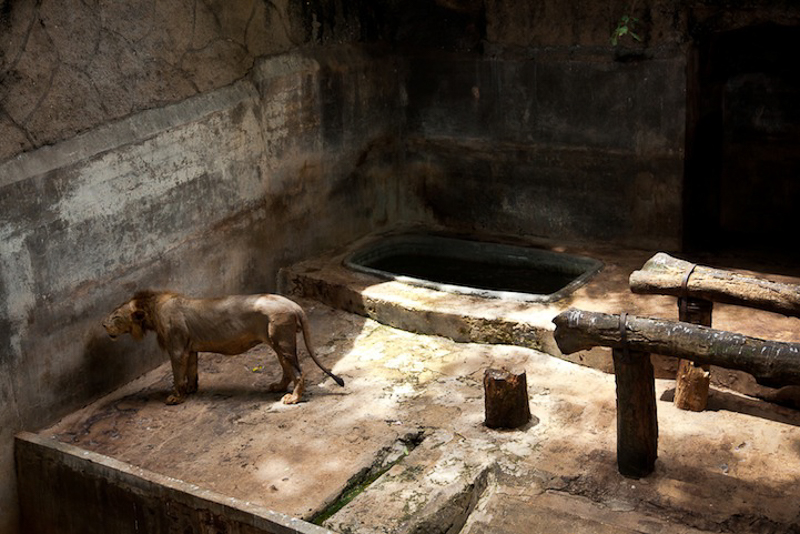
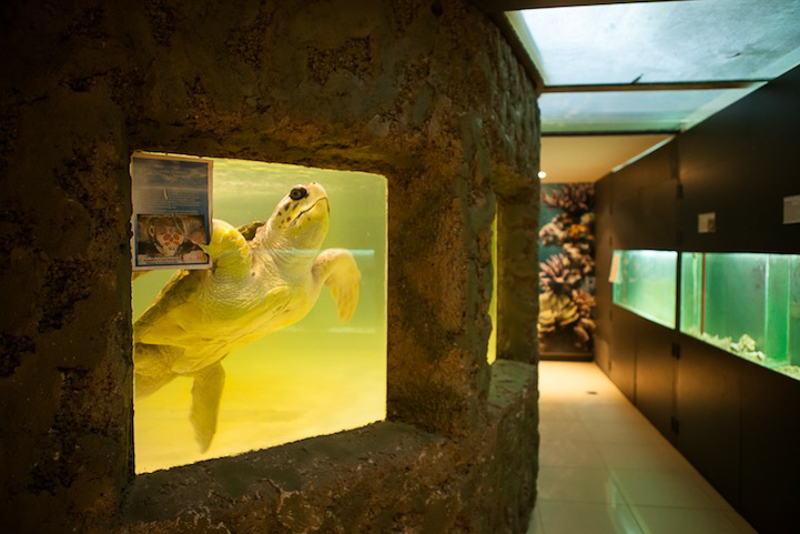
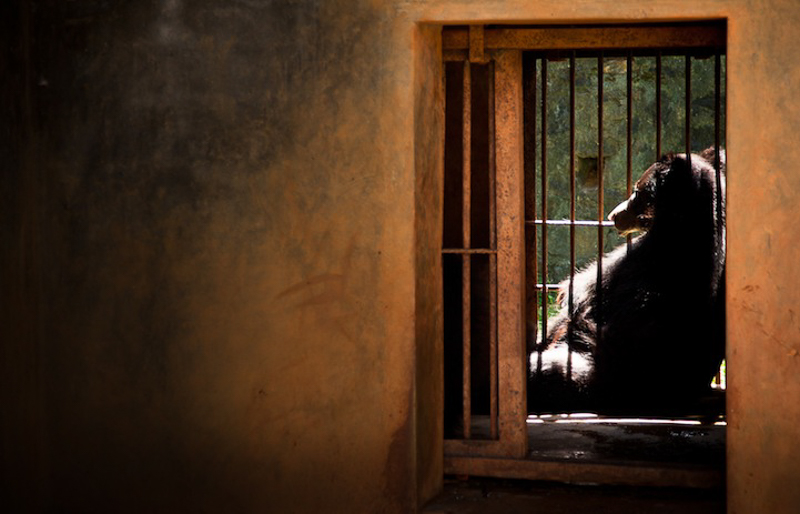
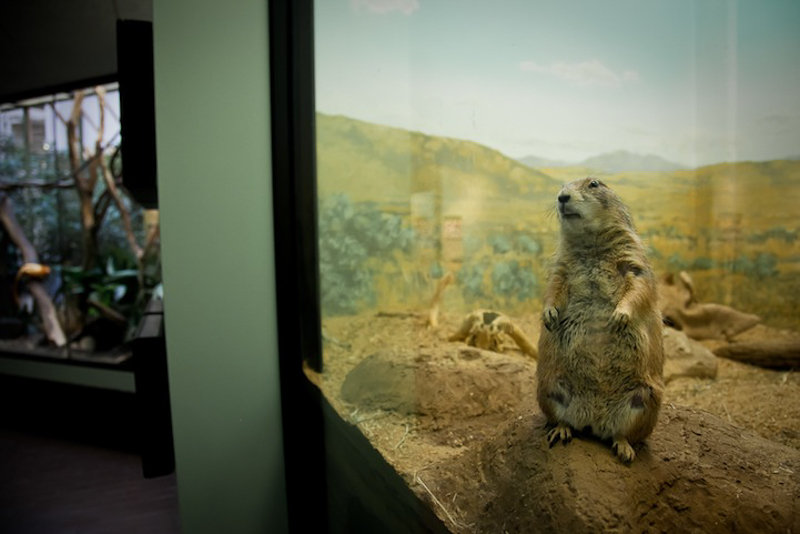
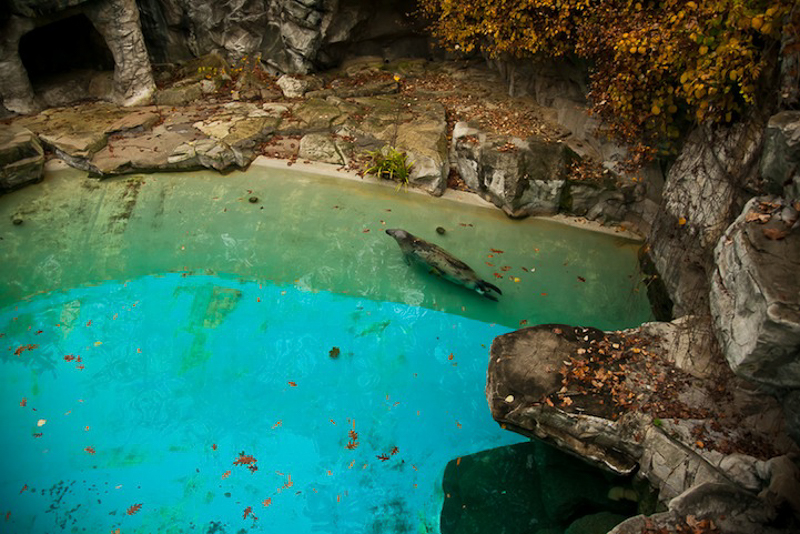



Comment: As a part of the living system, human beings have a moral and social obligation to these animals. We destroy the natural habitat of these creatures then throw them in cages allegedly for their welfare. We kill them off to regulate populations or dissect them for 'educational purposes'. This can't be something Mother Nature had in mind. It's disgusting.
See also: